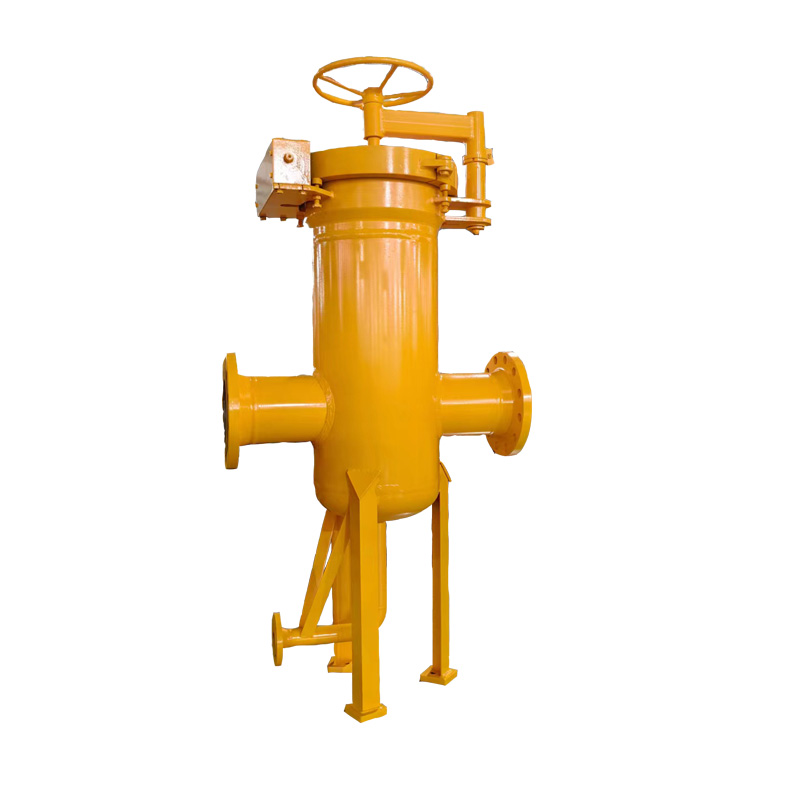
Dec . 30, 2024 18:41
Back to list
relief valve
Understanding Relief Valves An Essential Component in Pressure Systems
Relief valves are critical safety devices used in various industries to protect equipment and systems from excessive pressure. They play a crucial role in ensuring the safe operation of machinery by automatically releasing pressure when it exceeds a predetermined limit. This article delves into the functions, types, and importance of relief valves in different applications, emphasizing their necessity for safety and reliability.
What is a Relief Valve?
A relief valve is a type of automatic valve designed to open and close at specific pressure levels. When the pressure in a system exceeds the set point, the relief valve activates, allowing fluid or gas to escape, thereby preventing potential damage or catastrophic failure. Once the pressure drops back within safe limits, the valve closes to maintain system integrity.
Functions of Relief Valves
The primary function of a relief valve is to maintain a safe operating pressure in systems. In industrial settings, pressure can build up due to various factors, including thermal expansion, equipment malfunction, or blockages. If left unchecked, excessive pressure can lead to equipment failure, explosions, and serious accidents. Relief valves act as a fail-safe mechanism, ensuring that pressure levels remain within the safe operating range.
Additionally, relief valves can be used to control process variables and prevent backflow in piping systems. In many applications, including chemical processing and oil refining, precise pressure control is essential for product quality and operational efficiency.
Types of Relief Valves
There are several types of relief valves, each designed for specific applications and fluid types
relief valve

1. Spring-loaded Relief Valves These are the most common type, utilizing a spring to keep the valve closed until the pressure reaches a certain point. When this set pressure is exceeded, the spring compresses, allowing the valve to open and release pressure.
2. Pilot-operated Relief Valves These valves use a smaller pilot valve to control the opening and closing of the main valve. This design provides more precise pressure control, making them suitable for high-pressure applications.
3. Safety Valves Often used in steam and gas applications, safety valves open rapidly at preset pressures and are designed to close quickly when the pressure drops, minimizing the potential for blowback.
4. Relief/Return Valves These valves combine relief and return functions, allowing fluids to return to a reservoir or tank when excess pressure is detected, thus preventing system damage.
Importance of Relief Valves
The significance of relief valves in industrial applications cannot be overstated. They are essential for
- Safety By preventing overpressure situations, relief valves safeguard personnel, equipment, and the environment. - Regulatory Compliance Many industries are subject to stringent safety regulations. Proper installation and maintenance of relief valves help ensure compliance with these standards. - System Longevity By protecting against pressure-related failures, relief valves contribute to the longevity of equipment, reducing maintenance costs and downtime. - Operational Efficiency Effective pressure control translates to optimized processes, improved product quality, and reduced waste.
Conclusion
Relief valves are indispensable components of pressure systems across various industries. Their ability to automatically manage pressure levels enhances safety, ensures compliance, and promotes operational efficiency. Understanding the different types of relief valves and their applications is essential for engineers and technicians to select and maintain the right valve for their systems. In an era where safety and efficiency are paramount, investing in reliable relief valves is a prudent decision for any operation involving pressurized systems.
Latest news
-
Safety Valve Spring-Loaded Design Overpressure ProtectionNewsJul.25,2025
-
Precision Voltage Regulator AC5 Accuracy Grade PerformanceNewsJul.25,2025
-
Natural Gas Pressure Regulating Skid Industrial Pipeline ApplicationsNewsJul.25,2025
-
Natural Gas Filter Stainless Steel Mesh Element DesignNewsJul.25,2025
-
Gas Pressure Regulator Valve Direct-Acting Spring-Loaded DesignNewsJul.25,2025
-
Decompression Equipment Multi-Stage Heat Exchange System DesignNewsJul.25,2025

